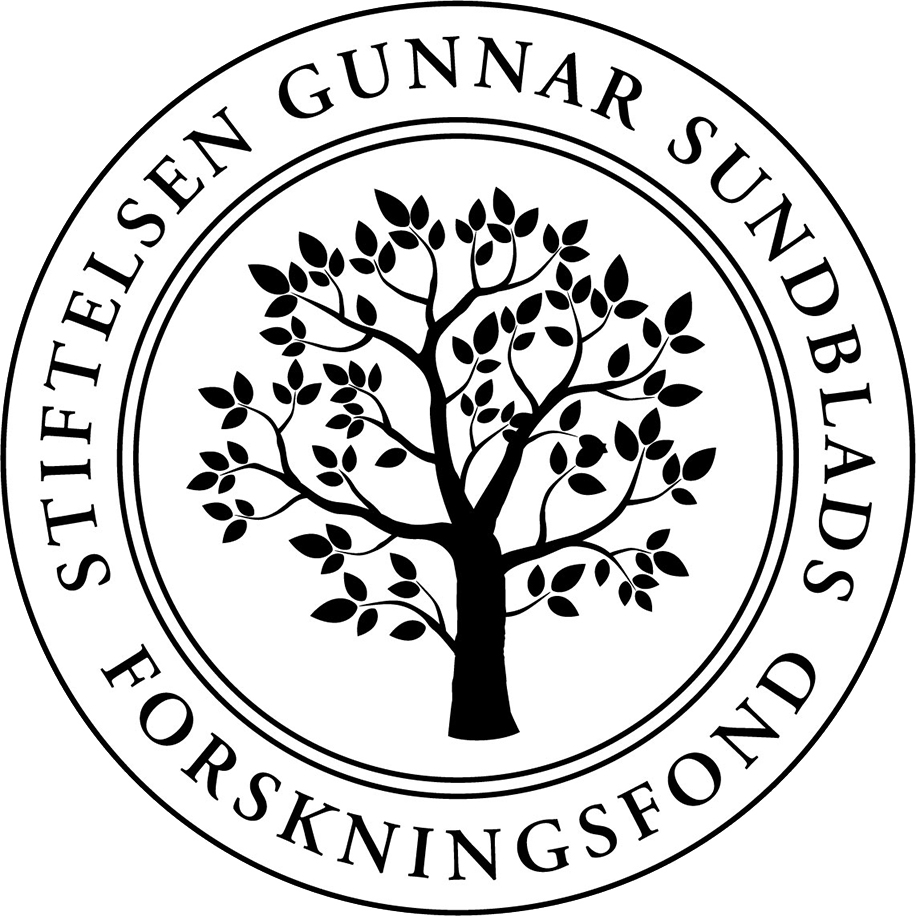Towards a zero-waste circular society
By 2040 material collection rates of forest-based products have increased to 90 per cent and their reuse and recycling account for 70 per cent of all recyclable material. This circular economy stores carbon and substitutes more energy-intensive materials.
A
Optimizing material recovery through efficient collection, sorting and separation
Recycling recovers raw materials from products that have reached their end-of-life. It also improves resource efficiency by reducing the need for virgin fibre and by minimizing waste. However, complete recycling of biobased products for raw materials that offer the same original performance and value is not achievable. The original functionality and value of materials cannot be recovered in the recycling process when the concentration is low, when different materials are mixed, or when the materials are susceptible to damage or degradation. Large-scale collection and sorting systems need to be developed and widely adopted by the general public in order to recuperate more fractions and materials for recycling.
Examples of innovation activities
- Develop solutions to improve value and market opportunities for recycled materials
- Develop processes to maintain the functionality and original characteristics of recycled materials
- Develop efficient large-scale systems for the collection and sorting of goods for recycling
B
Adapting reuse and recycling technologies to complex products
Current trends for more complex products means that excellent separation and extraction technologies are needed to recover low volumes of high added value raw materials from consumer goods. To minimize the loss of raw materials, recyclability needs to be taken into account at all steps in the process of creating wood and fibre-based products, including design. The high rate of technological development, shorter product life cycles, and the introduction of disruptive technologies make it difficult for recycling actors to keep pace.
Examples of innovation activities
- Develop eco-design principles to increase product lifespan and make recycling easier
- Identify material flows that can recover all parts of recycled products
- Remove or replace harmful substances in bio- and wood-based products



